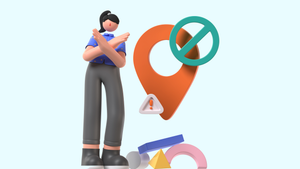Design ethics
Dark patterns at scale: what Amazon Prime teaches us about deception in design
Amazon will pay $2.5 billion after the FTC said it tricked people into signing up for Prime and made cancellation difficult. The case highlights dark patterns: design choices that benefit the business but work against users on a massive scale.
8 min read


